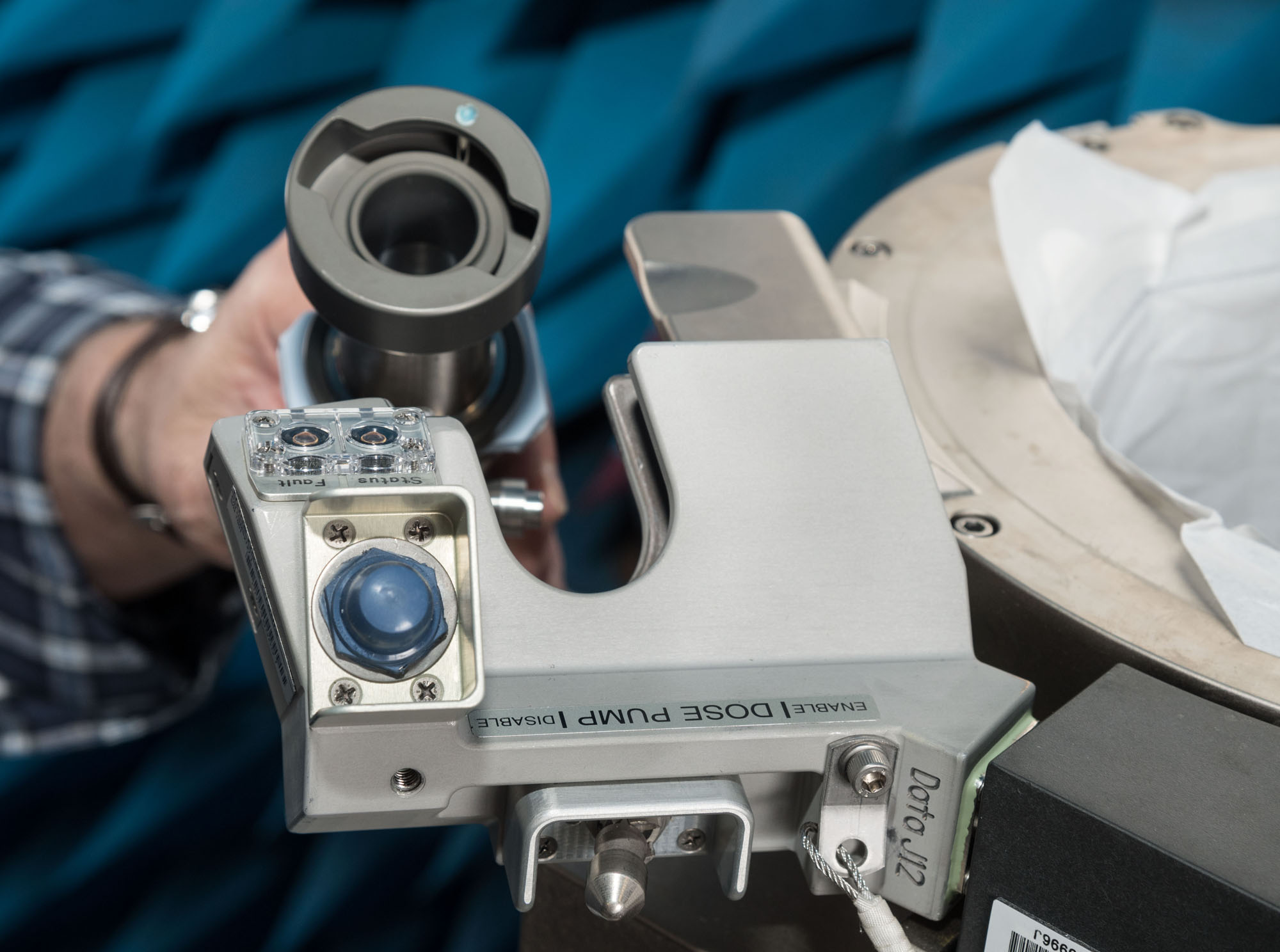This is the astronaut's video guide to going to the bathroom in space
Have you ever wondered how astronauts use the bathroom? A lot of people do.
In fact, so many people have asked that NASA astronaut Commander Chris Cassidy, who recently completed a stint as Expedition 63 commander of the International Space Station, explained how it works in a new video from NASA. Cassidy not only went into detail about the process, but he even took his video camera on a tour of the space station's commode.
First, the space station's bathroom isn’t called the bathroom — NASA instead uses the term "waste and hygiene compartment" (WHC). Like bathrooms on Earth, the WHC has walls and a door to give the astronauts privacy, which they need given that the small, closet-like bathroom is right next to the space station's gym, sandwiched between the treadmill and weight machine astronauts use to avoid muscle and bone loss during long expeditions in space.
Related: NASA's new $23 million space toilet is ready for launch
What stays the same as it is on Earth is the urge to go to the bathroom (both #1 and #2, Cassidy said). While it’s easy to assume it would feel different because the liquid inside your bladder is floating without gravity while in space, Cassidy said it feels exactly the same. But, once an astronaut realizes they need to go to the bathroom, they first have to check that the WHC system is ready.
This is when things start to look a little different from what we’d expect on Earth. Before astronauts can start using the bathroom, they have to look at the WHC’s two primary control panels. If the system is ready for use, three yellow lights will be lit up to form a V. "We say 'Check that it’s V to pee,'" Cassidy said. Those lights ensure that the liquid waste is going to the UPA (urine processor assembly).
Once that’s set, an astronaut steps inside the WHC and closes the door. They then grab a hose attached to a funnel and switch a valve on the hose that operates the whole system. (If you forget how the system works, the bathroom is equipped with a checklist labeled "in good NASA fashion," Cassidy said.)
Get the Space.com Newsletter
Breaking space news, the latest updates on rocket launches, skywatching events and more!

Switching on the valve creates airflow which sucks through the funnel on the hose. Astronauts pee directly into the hose, which suctions the pee straight to the UPA. To go #2, however, they have to use something that looks a little more like a toilet.
The space station's toilet (which also has a clever acronym, though Cassidy couldn’t remember what it stands for besides "container for something") is a seat on top of a bucket that holds about 30 "deposits," Cassidy said. Opening the lid reveals a hole only about five to six inches in diameter that is wrapped in a plastic liner. To use it, astronauts sit around the hole just as we would on Earth, poop, wipe themselves and then put the wipe inside the hole. The same suction system that uses airflow to keep urine from flying out of the funnel also works to keep all of the "deposits" inside the toilet.
When they’re done, they pull the plastic liner off of the hole and use a long stick to push the bag down into the bucket underneath the toilet. They then grab a new liner and stretch it around the hole so it’s ready for the next person who needs it. Finally, they close the lid and shut off the valve.
This process may change slightly (including making it easier for women aboard the space station to pee) when astronauts install the new toilet that was sent to the International Space Station in late September.
And there you have it — that’s how astronauts use the bathroom in space. It’s only slightly more complicated than the way we go here on Earth.
Join our Space Forums to keep talking space on the latest missions, night sky and more! And if you have a news tip, correction or comment, let us know at: community@space.com.

Kasandra Brabaw is a freelance science writer who covers space, health, and psychology. She's been writing for Space.com since 2014, covering NASA events, sci-fi entertainment, and space news. In addition to Space.com, Kasandra has written for Prevention, Women's Health, SELF, and other health publications. She has also worked with academics to edit books written for popular audiences.









